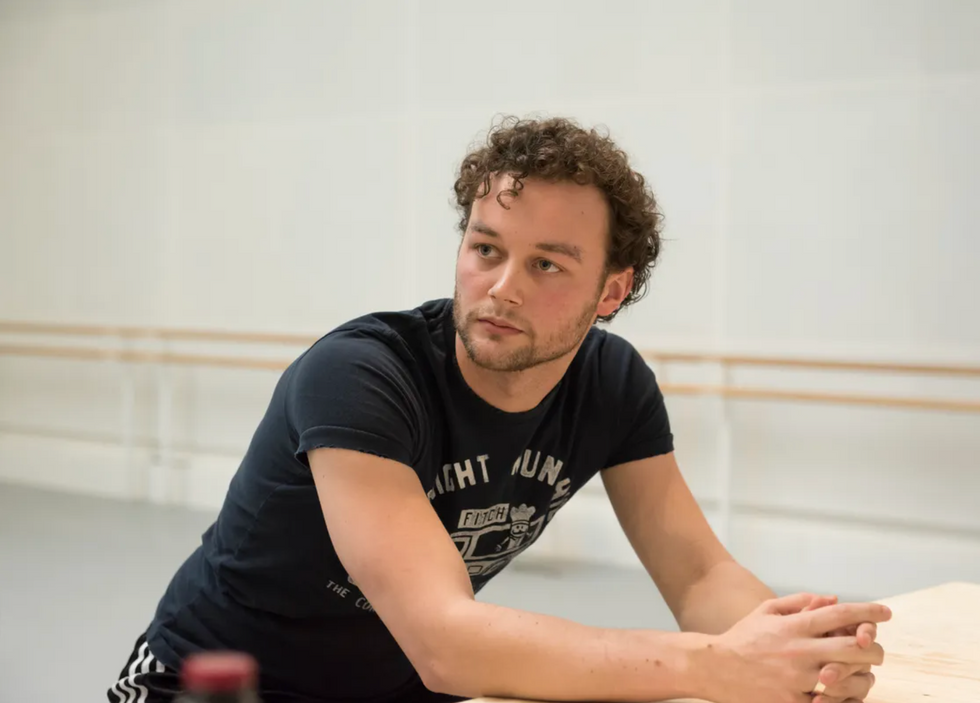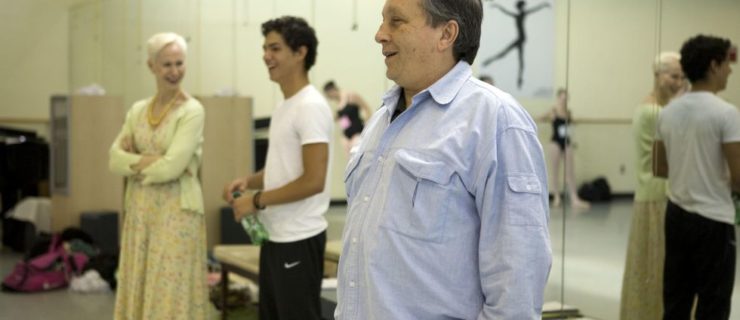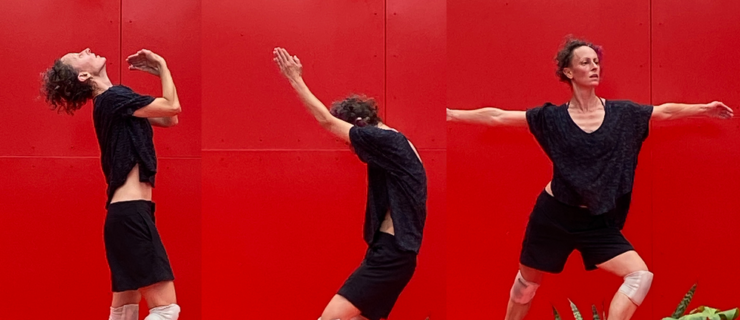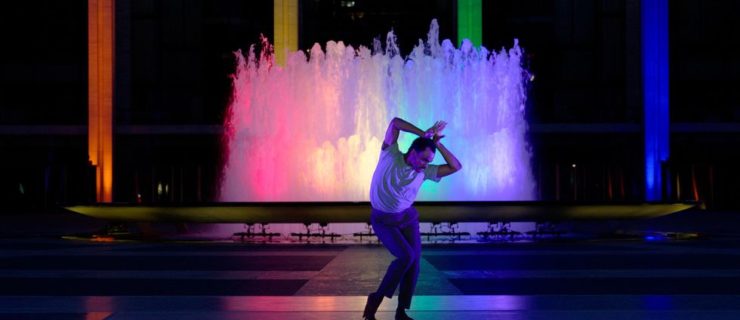Why Blaming Liam Scarlett’s Death on Cancel Culture Is Troubling
Earlier this month, the ballet world awoke to reports of the unexpected passing of the British choreographer Liam Scarlett. He had just turned 35; shortly afterward, his family put out a statement confirming “the tragic, untimely death of our beloved Liam,” and asking that the public respect their privacy.
Social media didn’t tread quite so carefully. For days after, speculation about the circumstances of Scarlett’s death abounded, alongside tributes to his gifts. After a charmed decade as a rising star of the ballet world, allegations of sexual misconduct surfaced in 2019, when The Royal Ballet was alerted to concerns related to students at The Royal Ballet School. After an internal investigation, in March 2020, the company declined to pursue legal action but stated that it would no longer employ Scarlett.
A number of other companies followed suit and dropped his work from their repertoire, including Australia’s Queensland Ballet, where he had been artistic associate. Shortly before Scarlett’s death, the Royal Danish Ballet also announced that his Frankenstein—scheduled for 2022—had been canceled following another investigation, which found evidence of “unacceptable behavior” by Scarlett during rehearsals in Copenhagen in 2018 and 2019.
Suicide is how Scarlett’s death is being discussed, although his family has not confirmed it as the cause of death. I’m not going to hazard guesses based on this chain of events, as only those closest to Scarlett can speak to his state of mind over the years. The American Foundation for Suicide Prevention has sound advice on the matter: “Avoid reporting that a suicide death was ’caused’ by a single event, such as a job loss or divorce, since research shows no one takes their life for one single reason, but rather a combination of factors.”
In that sense, the idea that “cancel culture is killing,” as the choreographer Alexei Ratmansky put it in a widely shared social media post, with dozens of major dance artists weighing in and indicating their approval, is a troubling simplification. First, “canceling” is a vague concept, applied to anything from social media slip-ups to proven assault. While some harmful tropes associated with it, such as essentialism and the lack of forgiveness, have been well analyzed by the vlogger and philosopher Natalie Wynn, among others, it doesn’t mean there should be no consequences in the case of allegations that are difficult to prove, as sexual misconduct ones are by nature.
Statements like Ratmansky’s also place a burden of guilt on victims who may have come forward during the investigations, at a time when the ballet world is finally reckoning with the way it has normalized abuse over time. Based on its press statement, the Royal Danish Ballet identified clear-cut issues. The Royal Ballet’s 2020 statement was carefully worded to say “there were no matters to pursue in relation to alleged contact with students of the Royal Ballet School,” but neither confirmed nor denied the allegations first made public by The Times, some of which involved company members.
Multiple things can be true at once: It is possible for Scarlett to have been a stunningly precocious choreographer and beloved colleague to many, and for him to have been an employee whose behavior led directors to opt for caution. There is no doubt that he was hugely talented. His first main-stage work for The Royal Ballet, 2010’s Asphodel Meadows, immediately stood out as an extraordinary debut, full of sculptural light and shade.
In the decade that followed, he made narrative as well as abstract ballets for companies around the world, and tried his hand at several evening-length productions. Frankenstein, a co-production between The Royal Ballet and San Francisco Ballet, is the most well-known, but I’d argue his Midsummer Night’s Dream for the Royal New Zealand Ballet and Dangerous Liaisons for Queensland Ballet and Texas Ballet Theatre, which I saw in Australia in 2019, were among his finest achievements.
When it came to the misconduct allegations, however, there may have been reasons on all sides to avoid going to court. Parting ways discreetly with an employee without opening a company up to lawsuits is a common corporate strategy, and victims don’t owe us their accounts of abuse.
Was it an ideal basis for companies other than The Royal Ballet to drop Scarlett’s works? No, and not all of them did: He worked with Munich’s Bayerisches Staatsballett in the fall and was due to revive A Midsummer Night’s Dream in New Zealand next winter. But if you were an artistic director in 2020, and had probable cause to worry about a guest artist’s impact on the dancers in your care, what would you do?
Bruno Bouché, the artistic director of France’s Ballet du Rhin, found himself in that situation a few years ago. After initiating talks with one choreographer, he was alerted to the fact that the artist in question had repeatedly harassed female dancers during past engagements. He privately reached out to victims and, after hearing their accounts, declined to hire the choreographer.
“My priority is to protect the dancers and the company,” he says. Bouché, a former dancer with the Paris Opéra Ballet, adds that he had firsthand experience of sexual harassment as a young corps member. “It paralyzes dancers, especially teenagers who are faced with one of their idols. You lose your bearings and wonder: Did that person like me for my dancing, or for another reason?”
Bouché now worries that reactions blaming cancel culture for Scarlett’s death will set back recent efforts to protect dancers and redress power imbalances in the studio. “The end can never justify the means,” he says.
Was Scarlett’s case handled correctly by The Royal Ballet and other companies? It’s impossible to tell without firsthand knowledge of the initial investigation and other testimonies. The lack of institutional transparency here, as in the case of Peter Martins, who left New York City Ballet in 2018 despite the company stating that accusations about him were “not corroborated,” ultimately does everyone a disservice. If a mistake or a failing is never even acknowledged, what path is there to rehabilitation? What’s left instead is a limbo—much like the Asphodel Meadows, the in-between part of the ancient Greek underworld Scarlett once explored so eloquently.
If you are having thoughts of suicide, call the National Suicide Prevention Lifeline at
800-273-8255. Resources for friends and family members, survivors and others are available at SpeakingOfSuicide.com/resources.




